Astronomy
-
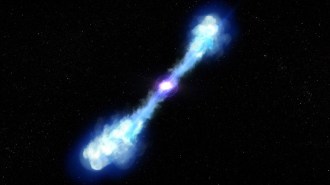 Space
SpaceAstronomers spotted colliding neutron stars that may have formed a magnetar
Astronomers may have witnessed the formation of a kind of rapidly spinning, extremely magnetized stellar corpse for the first time.
-
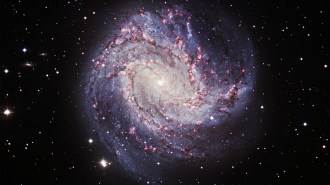 Space
SpaceRunaway stars may create the mysterious ultraviolet glow around some galaxies
Hot blue stars kicked out of their birthplace can travel thousands of light-years to their galaxies’ hinterlands, new computer simulations show.
By Ken Croswell -
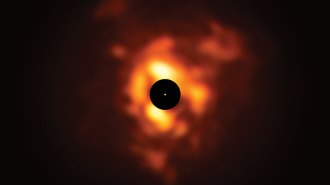 Astronomy
AstronomyBetelgeuse went dark, but didn’t go supernova. What happened?
Astronomers are anxious to learn why Betelgeuse, one of the brightest stars in the sky, dimmed dramatically, but didn’t explode, in 2019.
-
 Astronomy
AstronomyArecibo Observatory, an ‘icon of Puerto Rican science,’ will be demolished
The telescope, known for cameos in moves like Contact and for fast radio burst observations, was feared to be on the verge of collapse.
-
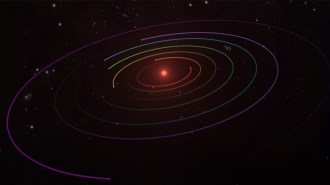 Space
SpacePlanets with many neighbors may be the best places to look for life
Solar systems with many planets in circular orbits suggest a calm life-nurturing past, while single exoplanets with eccentric orbits hint at chaos.
-
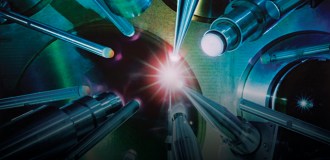 Physics
PhysicsGiant lasers help re-create supernovas’ explosive, mysterious physics
For the first time, scientists have re-created a type of shock wave that occurs in supernovas.
-
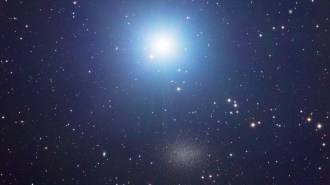 Space
SpaceThe Milky Way makes little galaxies bloom, then snuffs them out
When dwarf galaxies cross the Milky Way’s frontier, our galaxy compresses their gas, sparking star birth, but then robs them of their star-making gas.
By Ken Croswell -
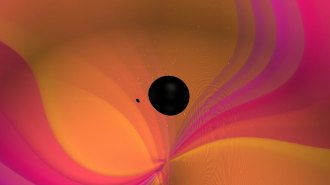 Physics
PhysicsLIGO and Virgo’s gravitational wave tally more than quadrupled in six months
Scientists report 39 sets of spacetime ripples from just half a year of data.
-
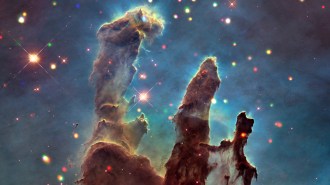 Astronomy
AstronomyTurning space images into music makes astronomy more accessible
Music created from telescope data helps people with blindness and visual impairments experience the wonders of astronomy, and could aid research.
-
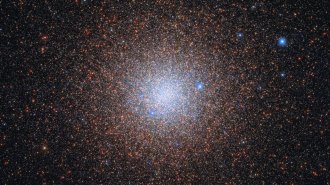 Space
SpaceA spherical star cluster has surprisingly few heavy elements
A globular cluster in the nearby Andromeda galaxy challenges conventional wisdom about how galaxies form.
-
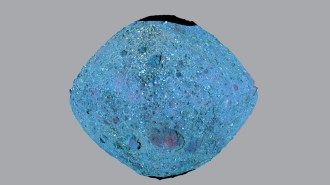 Space
SpaceThe asteroid Bennu’s brittle boulders may make grabbing a sample easier
NASA’s OSIRIS-REx spacecraft is about to collect a bit of asteroid Bennu. Here’s why it’s good that new research suggests its boulders are brittle.
-
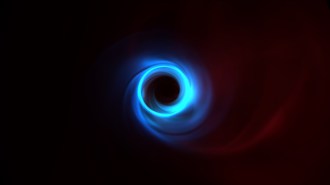 Space
SpaceThe first black hole image helped test general relativity in a new way
The Event Horizon Telescope’s iconic image of the black hole at the center of galaxy M87 once again shows Einstein was right.